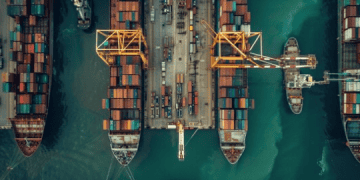The export and import sectors play a pivotal role in driving the nation’s economic growth. However, various challenges need to be addressed to fully unlock potential in these areas. Key obstacles in the export sector include inadequate infrastructure, limited access to international markets, high production costs, and complex regulatory procedures. These factors can limit foreign exchange earnings and slow job creation. To improve this, investments in infrastructure, trade agreements, export incentives, and regulatory simplifications are crucial steps to boost competitiveness.
On the import side, challenges such as dependence on foreign goods, balance of payment concerns, and quality control issues persist. Solutions include promoting local production, implementing appropriate tariffs and quotas, improving quality standards, and diversifying import sources. These actions can help reduce reliance on external goods, strengthen the balance of payments, and ensure product quality.
By addressing these challenges and leveraging opportunities, the country can enhance its foreign exchange earnings, generate jobs, and drive economic growth. Collaboration among policymakers, business leaders, and stakeholders is essential to strengthen both export and import capabilities, fostering a more competitive and sustainable trade environment.
Stay updated with the latest in supply chain news at The Supply Chain Report. For free international trade tools, visit ADAMftd.com.
#TradeOpportunities #EconomicGrowth #ExportDevelopment #ImportStrategy #GlobalTrade

















